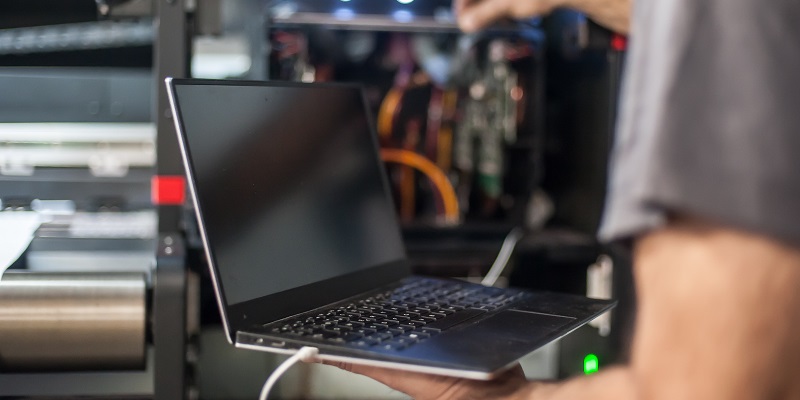The global hardware encryption market is witnessing significant growth due to the rising need to protect private and sensitive data across various industries. As of 2018, the market size stood at $109.24 billion, and it is projected to reach an impressive $903.56 billion by 2026, with a notable compound annual growth rate (CAGR) of 30.3% during the forecast period.
Factors Driving the Growth of the Global Hardware Encryption Market:
1. Imposition of Regulatory Compliance for Data Protection:
Governments and regulatory bodies around the world are mandating stringent guidelines to protect private and sensitive data. The need to comply with these regulations is driving the demand for hardware encryption solutions.
2. Decline in Hardware Encryption Device Prices:
Advancements in technology and economies of scale have led to a decline in the prices of hardware encryption devices. This has made these solutions more accessible to businesses and individuals, thereby driving market growth.
3. Increase in Penetration of Consumer Electronics:
Consumers’ increasing reliance on smartphones, tablets, and other electronic devices has created a surge in the demand for reliable data security. The integration of hardware encryption in consumer electronics is propelling market growth.
4. Growing Complexity and Risk of Data Breaches and Brute-Force Attacks:
With the proliferation of data breaches and cyber threats, organizations are realizing the need for robust data security measures. Hardware encryption offers enhanced defense against these threats, driving the market growth.
Dominance of the RSA Segment in the Hardware Encryption Market
The RSA segment contributed to nearly half of the total market share in 2018 and is expected to maintain its dominance by the end of 2026. RSA’s strong encryption algorithms and widespread adoption bolster its position in the market.
Asia-Pacific is leading the global hardware encryption market, accounting for the highest market share in 2018, which is nearly two-fifths of the total. The region’s rapid technological advancements, increasing adoption of digital services, and rising data security concerns contribute to its leadership position.
Key Players in the Global Hardware Encryption Market
Prominent market players include Kingston Technology Company, McAfee, Micron Technology, NetApp, Samsung Electronics, Western Digital Technologies, IBM, Symantec, Seagate Technology, and Toshiba Corporation. These players have adopted various strategies such as partnerships, expansions, collaborations, and joint ventures to strengthen their market presence.
Dominance of the Hard Disk Drive (HDD) Segment
The hard disk drive (HDD) segment dominated the hardware encryption market share in 2019 and is expected to continue leading the market during the forecast period. The extensive use of HDDs in various sectors such as IT, healthcare, banking, and government contributes to its dominance.
Contribution of the ASIC Segment to Market Revenue
The ASIC segment accounted for nearly two-thirds of the total market revenue in 2018 and is anticipated to maintain its leading position until 2026. ASIC-based hardware encryption solutions offer high-performance encryption capabilities, making them popular among businesses and organizations.
Analysis of the Global Hardware Encryption Market
The global hardware encryption market is comprehensively analyzed across various factors, including algorithms & standards, architecture, products, applications, end-uses, and regions. This comprehensive analysis provides valuable insights into key market trends and helps in strategic decision-making.
Opportunities in the Global Hardware Encryption Market
The widespread adoption of Internet of Things (IoT) technology and cloud services presents significant growth opportunities for the hardware encryption market. Additionally, ongoing technological advancements in encryption chips are expected to further drive market growth.
Conclusion
The global hardware encryption market is witnessing robust growth due to the increasing need for data protection and the rising complexity of cyber threats. With the dominance of the RSA segment, the strong presence of key players, and the rapid growth in the Asia-Pacific region, the market is poised for substantial expansion. Furthermore, the advent of IoT technology, cloud services, and advancements in encryption chips will create lucrative opportunities for market players. As organizations and individuals strive to safeguard their data, the hardware encryption market is set to thrive in the coming years.

